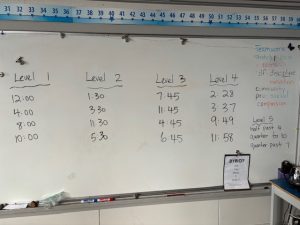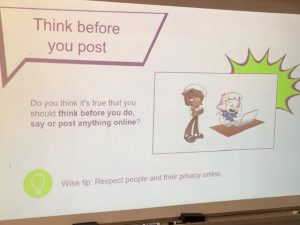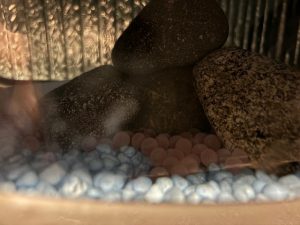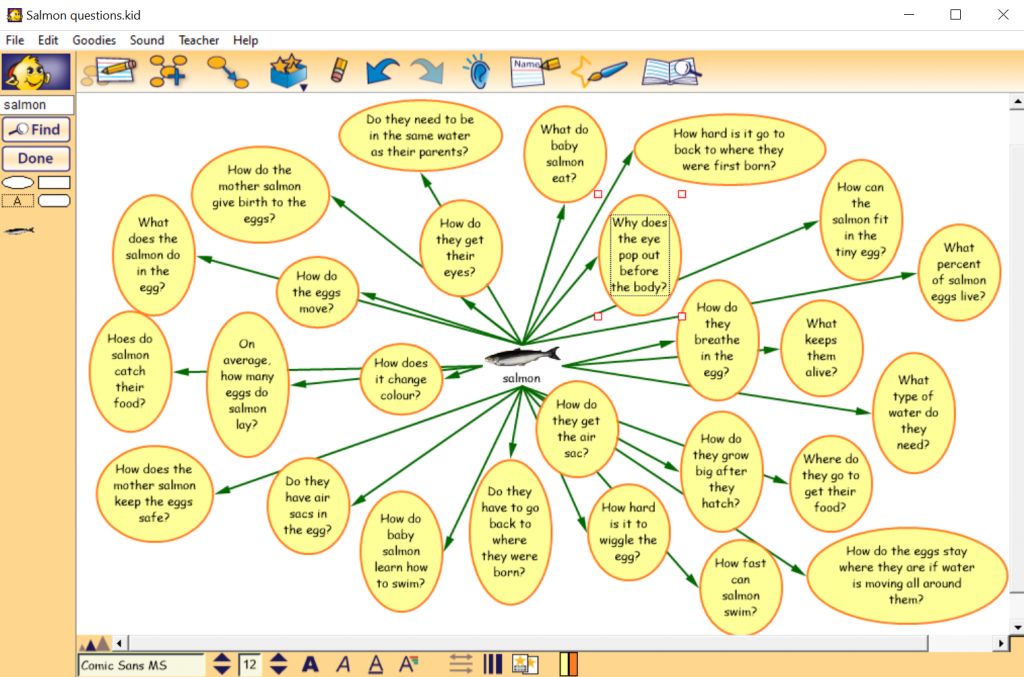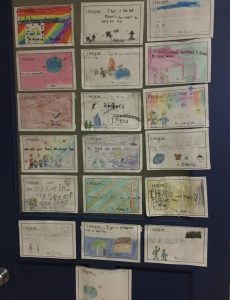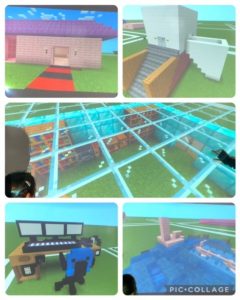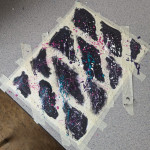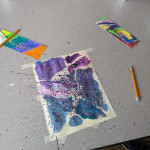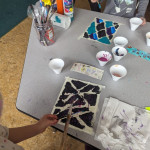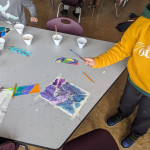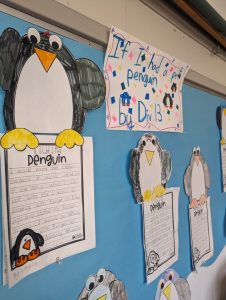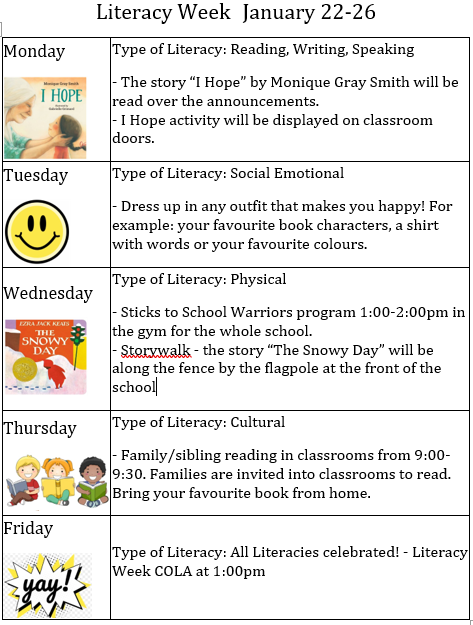Dear families,
Our first full week of February was filled with engaged learners!
Ice Skating on Monday, February 12 and 26 at 9:30 AM
To bring:
- Booster seat – CLICK HERE for ICBC child car seat requirements.
- Gloves or mittens to protect their hands (mandatory)
- Wear long socks (Highly recommend! Sometimes the top of the skates dig in to their legs but the longer socks protect them.)
- Ski or snowboard helmet but the rink will have them to borrow. There is no need to go out to buy unless you plan to use in the future. It’s just nice to have your own.
- Waterproof pants are recommended but this is not necessary so you do not need to go out to buy.
- Dress in layers. While it is cold at the rink, once they start moving around, they get quite warm.
For parent volunteer drivers:
- We have such appreciation for the overwhelming response to help drive us to the rink. We will be leaving right after attendance is taken. When we arrive at Bill Copeland, the rink and skate shop is on the lower floor. There are a set of stairs from the outside that will lead you there.
- BEFORE: Please help children line up to get their skate rentals. The helmets will be in a bin off to the side. For better selection, get the helmets BEFORE they put on skates. Please help children tie skates.
- DURING: Some students may want a break and come off the ice. Please encourage them to take a short break and then ask them to go back onto the ice to maximize their skating time.
- DURING: If you will be on the ice, please support help us support our beginning skaters as much as possible. I will be leading a short lesson at the beginning to teach them a few skills. This is a very large group so everyone’s support during this time will be greatly appreciated.
- AFTER: Help remove skates and wipe down the blade. There should be a towel close to where they return the skates. If you return to school before I do, please bring them to class so they can eat their snacks.
How to prepare your child:
- For most students, this will be their first time skating. Please talk to them about having a growth mindset. Falling, getting back up, and perseverance with a positive and “I can do it” mindset is a part of learning a new skill. “Learning involved patience and time.” – First Peoples Principles of Learning
- Feel free to watch these videos to learn more and share with your child: Growth Mindset vs. Fixed Mindset or this Growth Mindset vs. Fixed Mindset.
- There will NOT be enough bars for all beginning students to use as they learn to skate. In my experience, these are often crutches and those who rely on these tend to learn to skate a lot slower. Please encourage your child to try the skills I will teach them during the lesson. They will make the most progress WITHOUT the bars or seals to hold on to.
- Please arrive at school on time.
Passion Projects
Students are excited to continue working and learning about their topics. What excitement a few students shared right at the door on Monday morning! They told me how they were working on their PowerPoint presentations while at home over the weekend. Thank you so much for your support and for fostering their love of learning at home! They are making good progress!
We learned about the passing of time and also learned how to tell time. Your child should have brought home a clock to teach you how to tell time. Please continue to review.
Make it fun! Take turns asking each other what time it is. In Math, I often provide different levels of difficulty. They love challenging themselves!
Time concepts – Grade 3 Math curriculum
- understanding concepts of time (e.g., second, minute, hour, day, week, month, year)
- understanding the relationships between units of time
- Telling time is not expected at this level.
- estimating time, using environmental references and natural daily/seasonal cycles, temperatures based on weather systems, traditional calendar
While telling time is not expected, it’s a basic skill to know how to tell time.
Lunar New Year
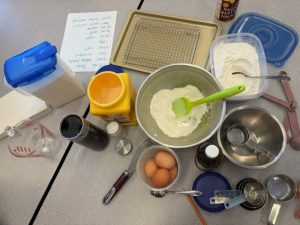
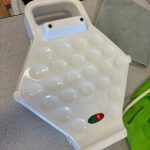 We learned about Lunar New Year traditions and watched a lion dance along with a cool competition.
We learned about Lunar New Year traditions and watched a lion dance along with a cool competition.
They enjoyed making bubble waffles on Wednesday! This was one of my mom’s favourite street snacks when she lived in Hong Kong as a child. She reminisced how she would go down to the streets to buy when she was given some extra spending money. These treats have become locally more popular in the past decade. If you would like to try, there is a stall at the Amazing Brentwood food court called Bubble Waffle Cafe.
Click here for the recipe I used from Pampered Chef.
Click here for the bubble waffle maker I purchased on Amazon.
We are authors.
On Thursday, we invited Ms. Sutton, our District Literacy Enhancement Teacher, to teach us about book making. Unfortunately, I was in the office on Thursday and Friday because Mr. Klarich was away so I did not get to see her presentation but I did see their excitement. As soon as I stepped into the classroom, so many of them wanted to share what they were working on!
Valentine’s Day
CLICK HERE to see the notice that was sent home. Thank you for returning the bottom portion to let me know which fruit(s) your child will be contributing. Thank you for your fruit!
Please also send a plastic bowl and spoon in a bag to be environmentally friendly. Feel free to send a container with a lid instead just in case they don’t finish their portion.
Save the Dates
- Friday, February 16 – District Professional Day. No school for students.
- Monday, February 19 – Family Day. School is closed.
- Monday, March 4 to 8 – Hip Hop lessons
- Monday, March 11 – Whole school performance (AM)
- Monday, March 18 to Monday, April 1 – Spring break, school closure, and Easter Monday
- Thursday, April 11 – Student Led Conferences from 3 to 6 PM (Families are invited to celebrate learning. Your child will lead the conversation and show you what they’ve learned so far.)
- Friday, April 12 – Early dismissal at 2 PM
- Monday, April 29 – Pro-D day. No school for students.
- Friday, May 10 – We will be going to the Vancouver Aquarium by school bus with Ms. Santorelli and Ms. Tai’s classes. We will need parent volunteers to help supervise. Thank you!
I appreciate all of the love and care your children demonstrate to me and each other. I really do love and adore your children very much. They bring me so much joy! Many of them often share in our Community Circle time how grateful they are for their classmates. I always feel so very blessed and grateful to be their teacher and to work alongside you too. Thank you for your ongoing support.
Happy Lunar New Year! May you continue to experience love, joy, peace, prosperity, and good health! Sorry, we forgot to send home the Chinese paper lanterns on Friday.
With much gratitude, Ms. Chan
